DesignTech Systems is an authorized distributor for Stratasys rapid prototyping machines / 3D Printers in India and Singapore. Compatible with all the leading CAD software these printers are easy to operate and help produce functional models for physical product design validation. Ideally when used early in the product design cycle, they help identify errors in product design and benefit companies by saving significant amount of time and costs which are otherwise required to reiterate the entire design and development process.
RPT (Prototyping) / 3D Printers help in saving time and money
- Early and continuous design iterations
- Shortens design and development cycles
- Helps get ideas to market faster
- Minimizes the cost of change
- Improves efficiency and productivity
- Maintain new design concepts in-house
Applications of RP/ 3D Printers
- Concept Models
- Verifying CAD Databases
- Styling, Ergonomic studies
- Functional Testing
- Patterns for Metal Casting
- Tooling
- End use / Production Parts
- Marketing Models
Technology used to build prototypes / 3D Printers:
FDM: 3D Printers that run on FDM Technology build parts layer-by-layer by heating thermoplastic material to a semi-liquid state and extruding it according to computer-controlled paths.
FDM uses two materials to execute a print job: modeling material, which constitutes the finished piece, and support material, which acts as scaffolding. Material filaments are fed from the 3D Printer’s material bays to the print head, which moves in X and Y coordinates, depositing material to complete each layer before the base moves down the Z axis and the next layer begins.
Once the 3D Printer is done building, the user breaks the support material away or dissolves it in detergent and water, and the part is ready to use.
FDM is a clean, simple-to-use, office-friendly 3D Printing process. Thermoplastic parts can endure exposure to heat, chemicals, humid or dry environments, and mechanical stress. Soluble support materials make it possible to produce complex geometries and cavities that would be difficult to build with traditional manufacturing methods.
Stratasys 3D Printers powered by FDM Technology
- Fortus 450mc
- Fortus 900mc
- F123
Stratasys PolyJet 3D Printers
PolyJet: PolyJet 3D Printing is similar to inkjet document printing. But instead of jetting drops of ink onto paper, PolyJet 3D Printers jet layers of liquid photopolymer onto a build tray and cure them with UV light. The layers build up one at a time to create a 3D model or prototype. Fully cured models can be handled and used immediately, without additional post-curing. Along with the selected model materials, the 3D Printer also jets a gel-like support material specially designed to uphold overhangs and complicated geometries. It is easily removed by hand and with water.
PolyJet 3D Printing technology has many advantages for rapid prototyping, including superior quality and speed, high precision, and a very wide variety of materials. Based on PolyJet technology, Objet Connex 3D Printers from Stratasys are the only additive manufacturing systems that can combine different 3D Printing materials within the same 3D Printed model, in the same print job.





.png)
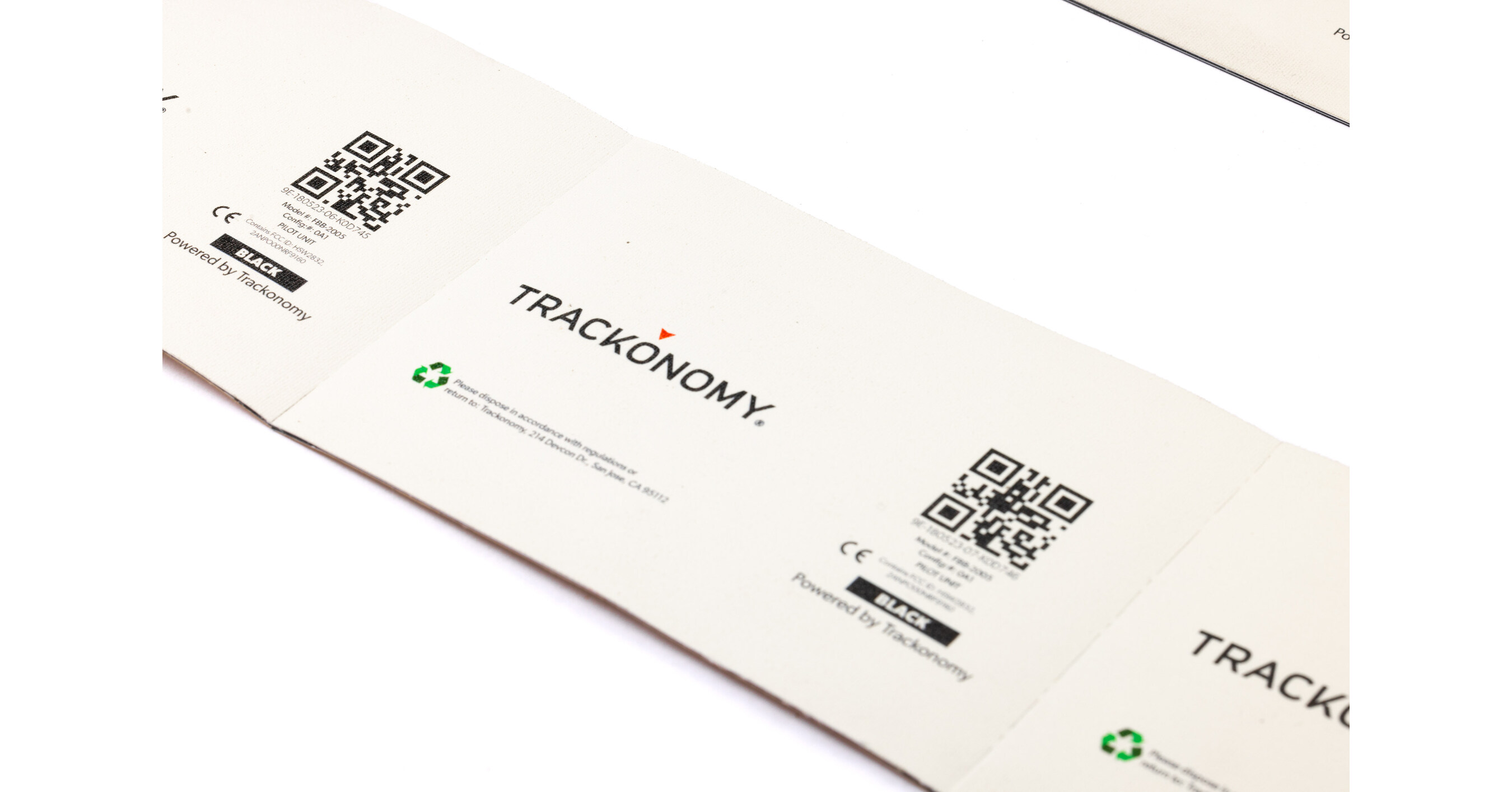
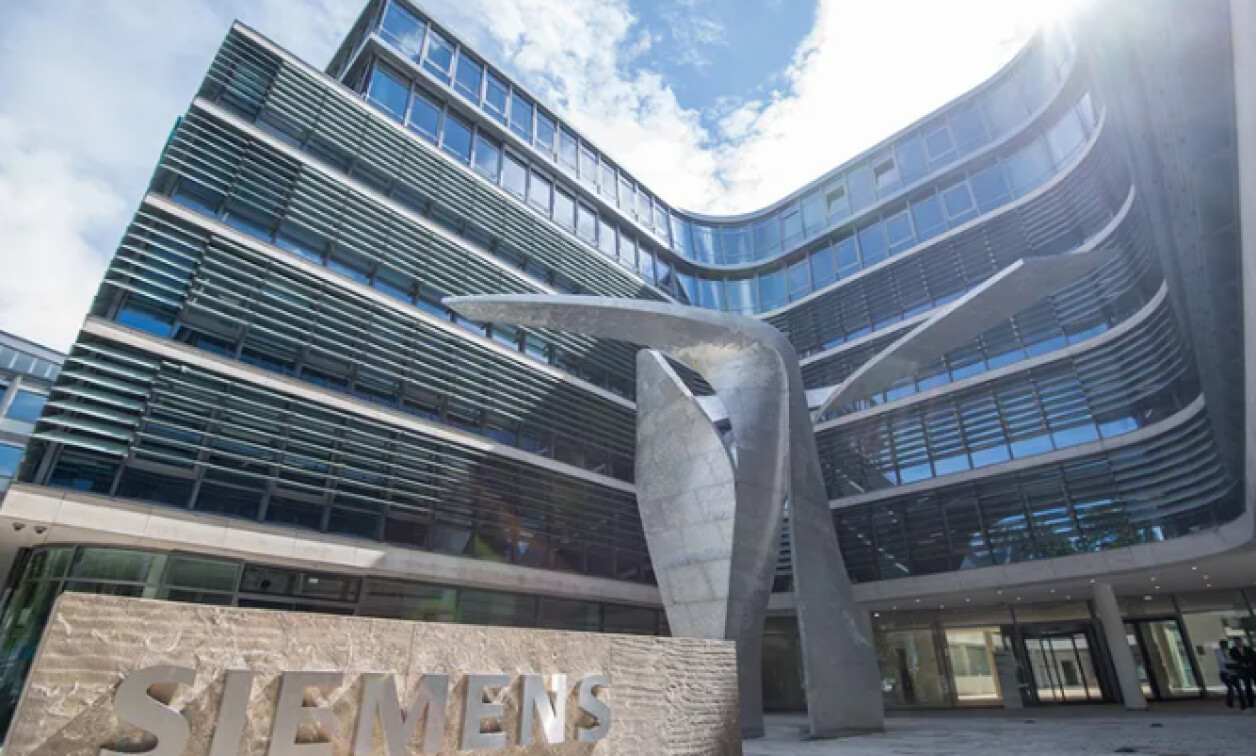
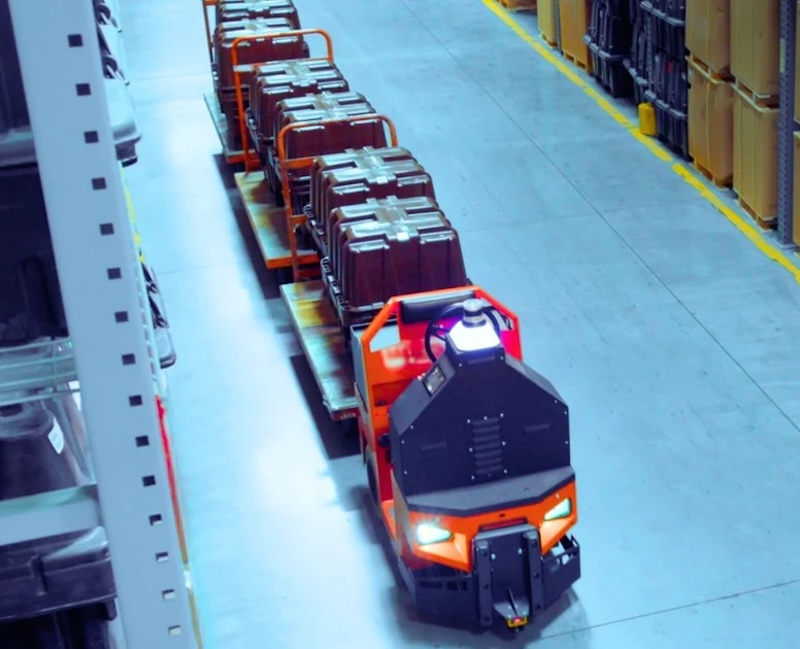


.jpg)
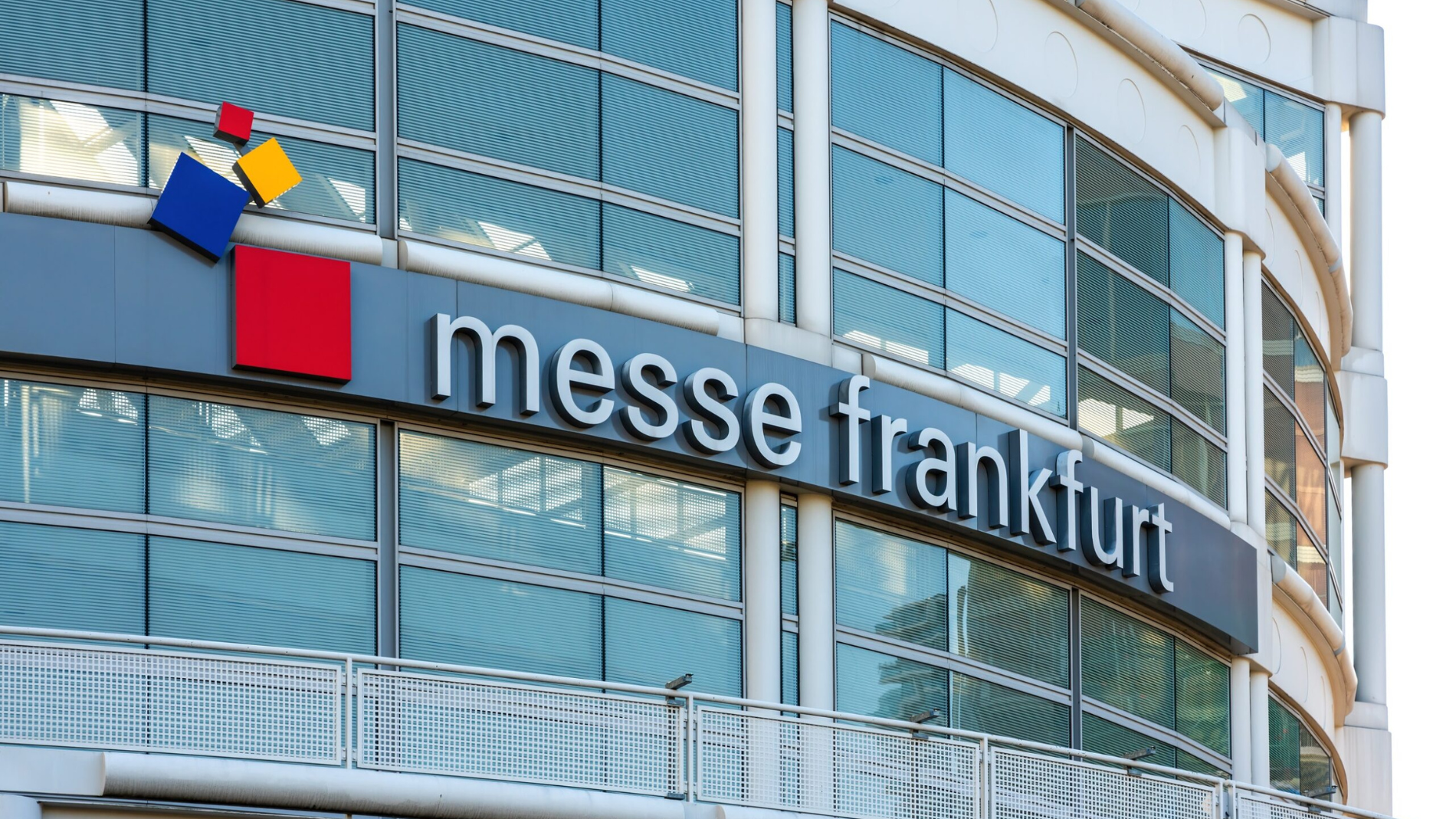
.webp)
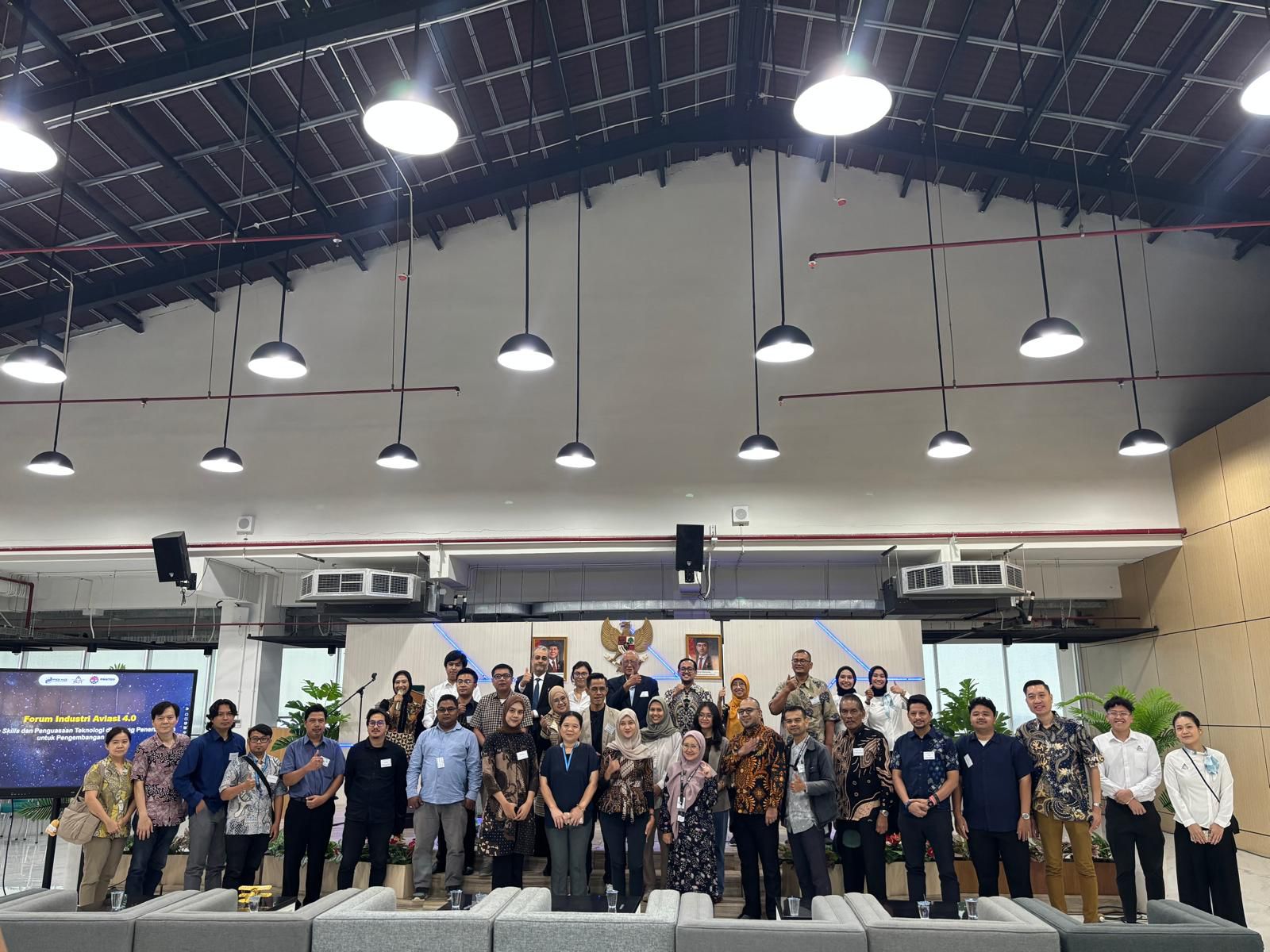




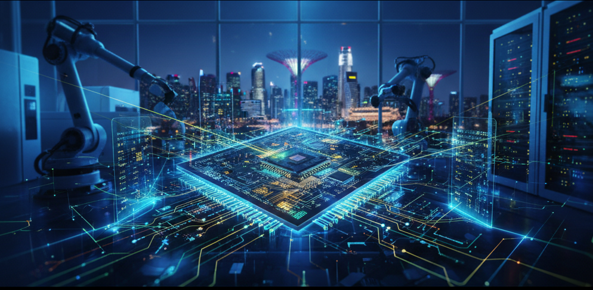
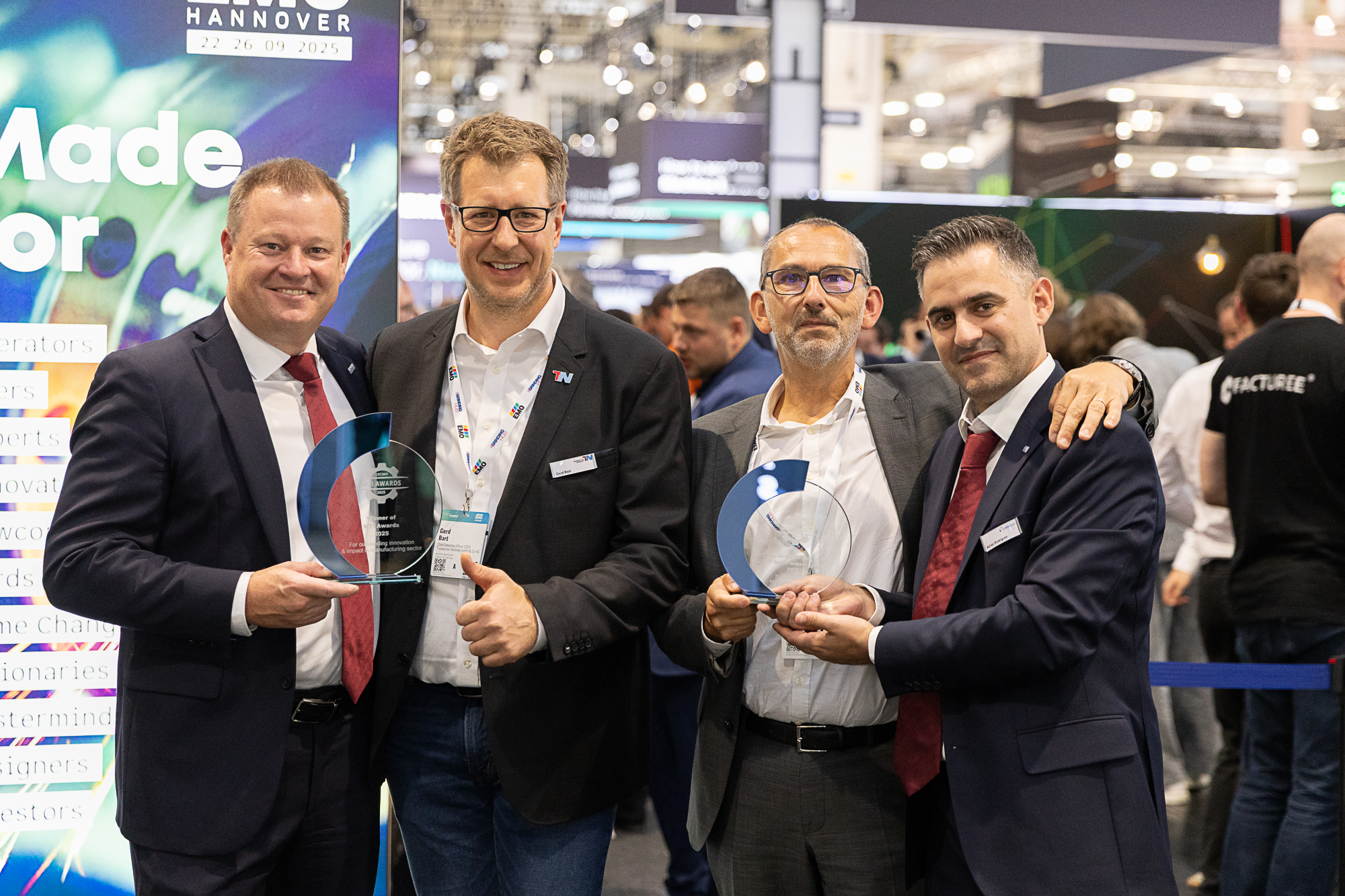
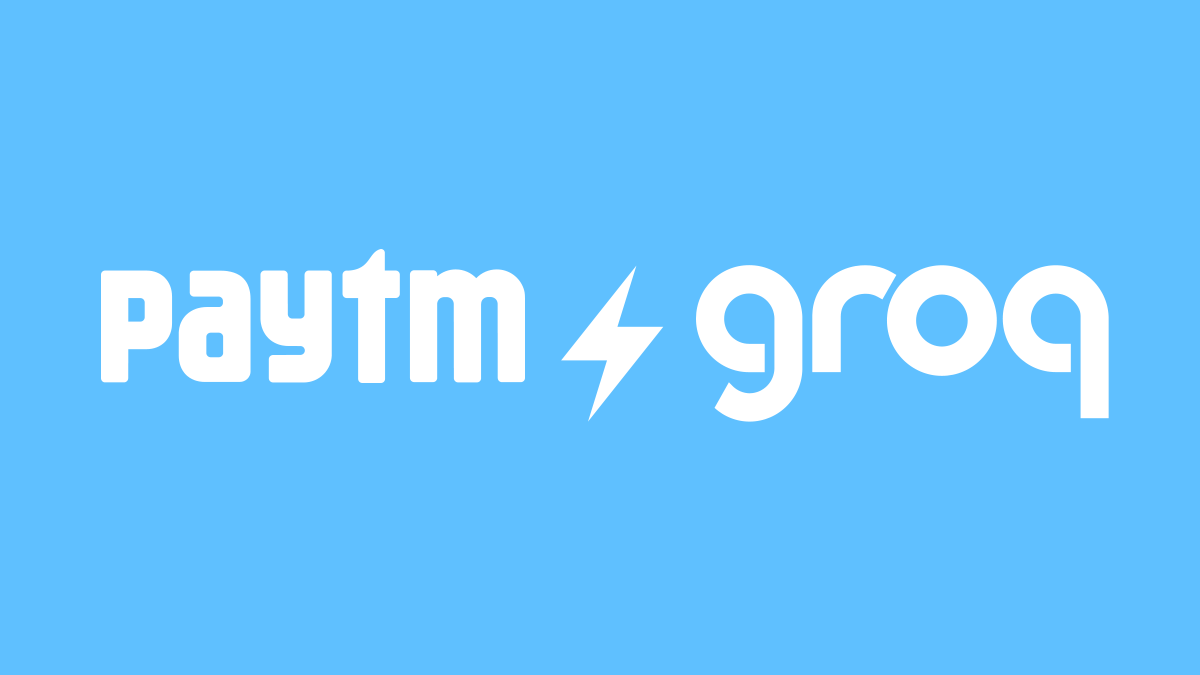


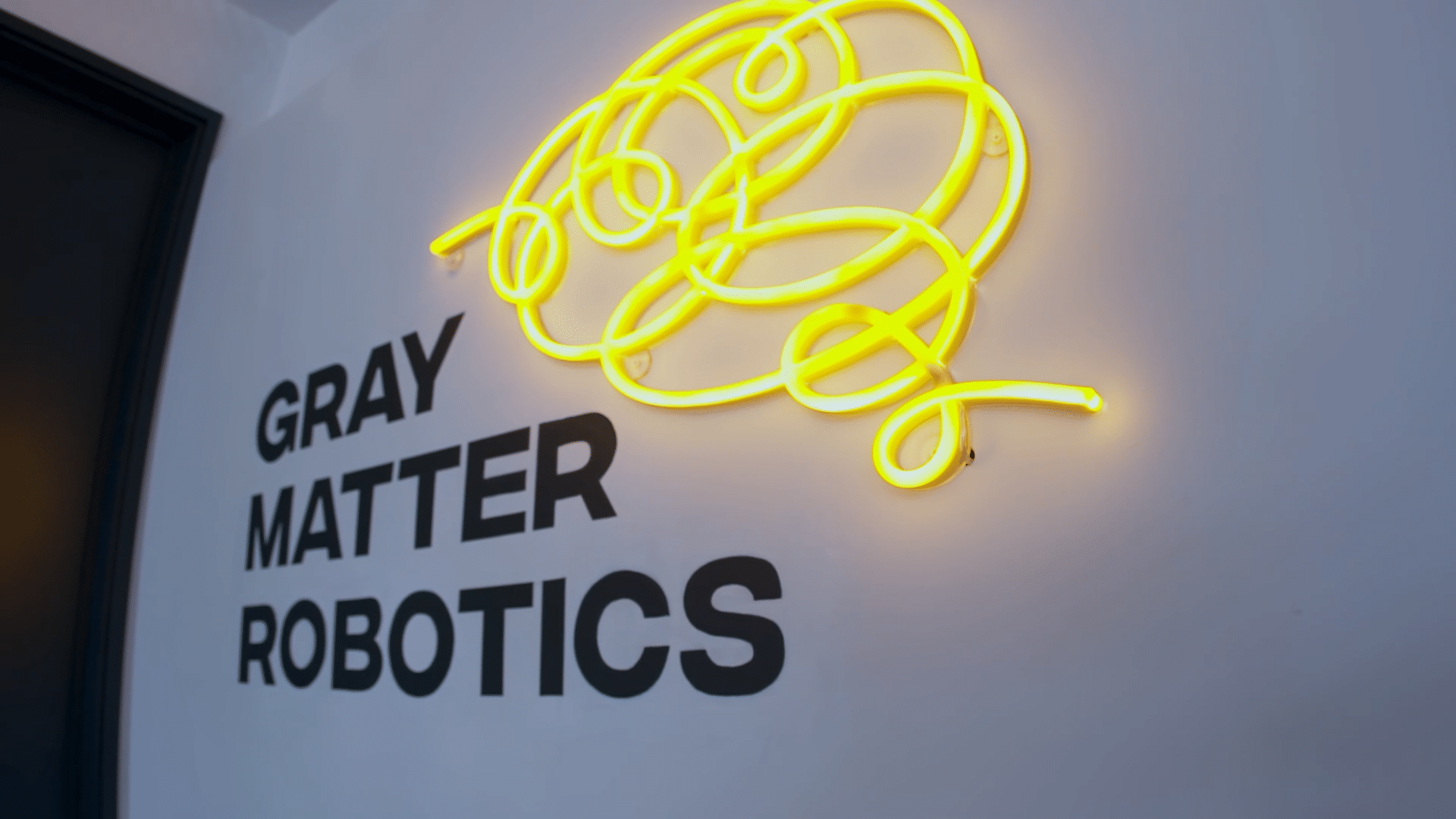

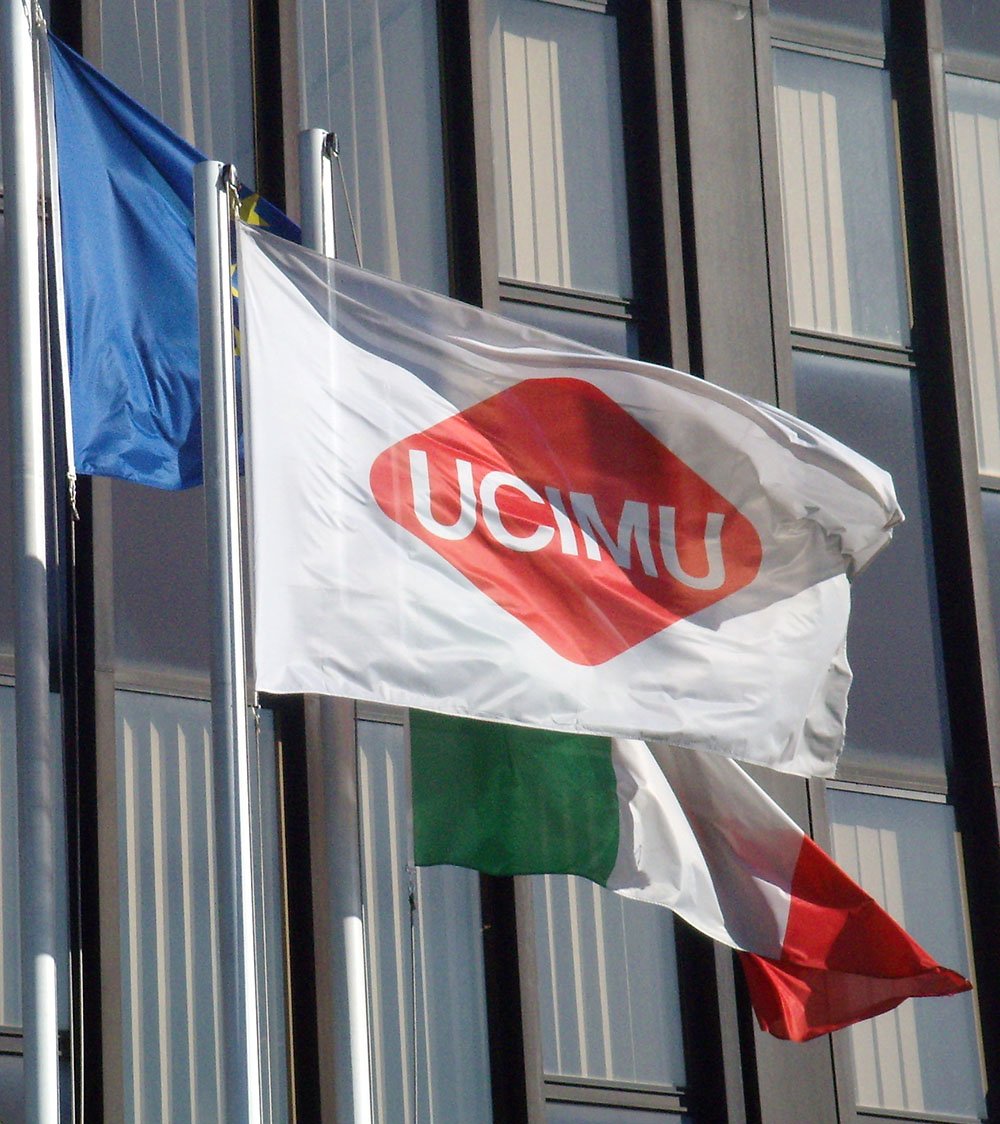
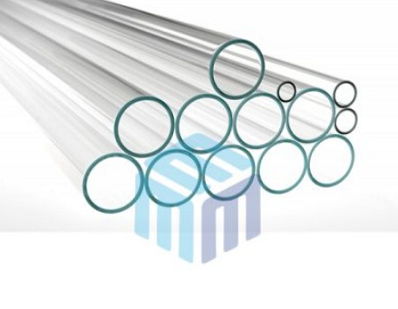

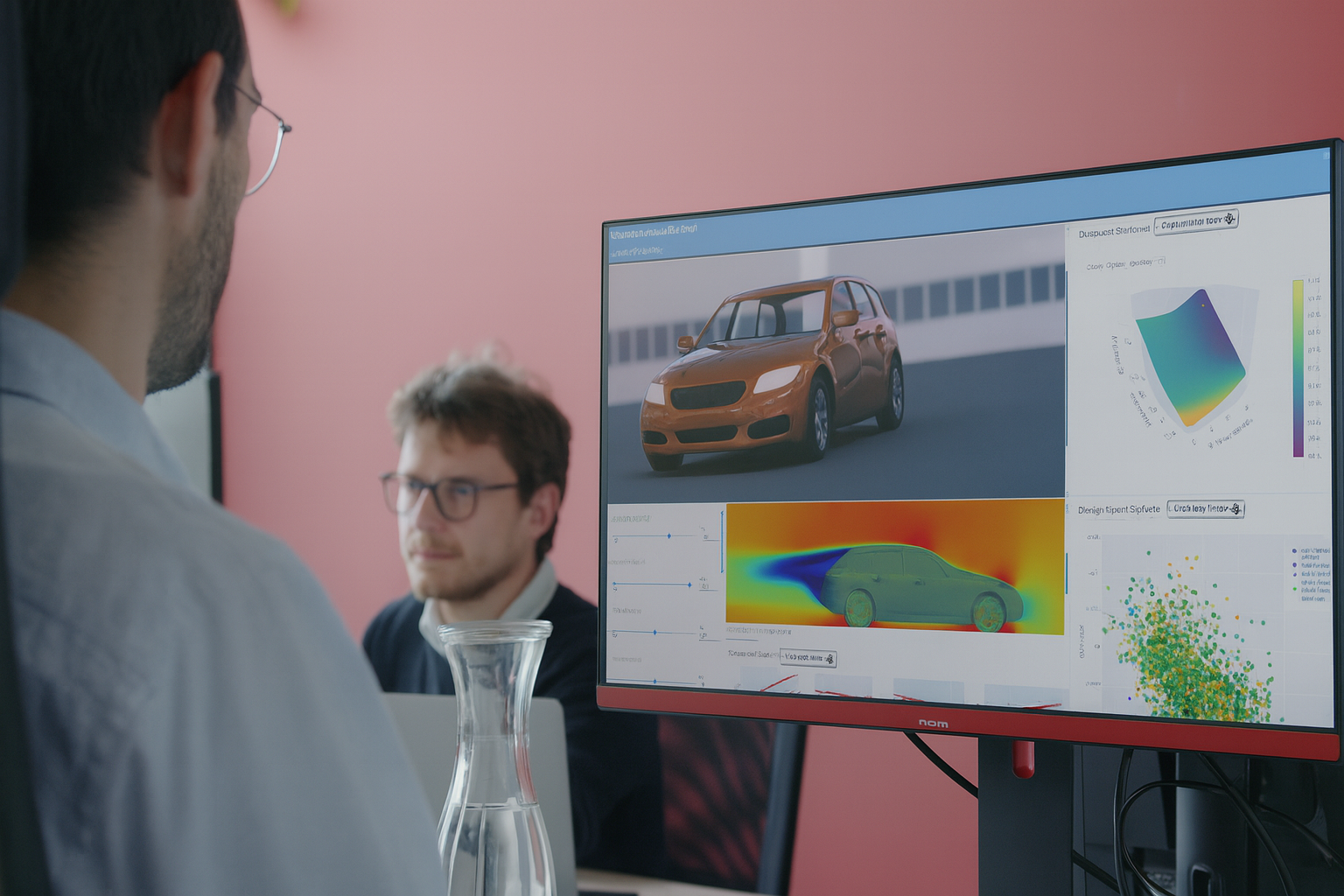
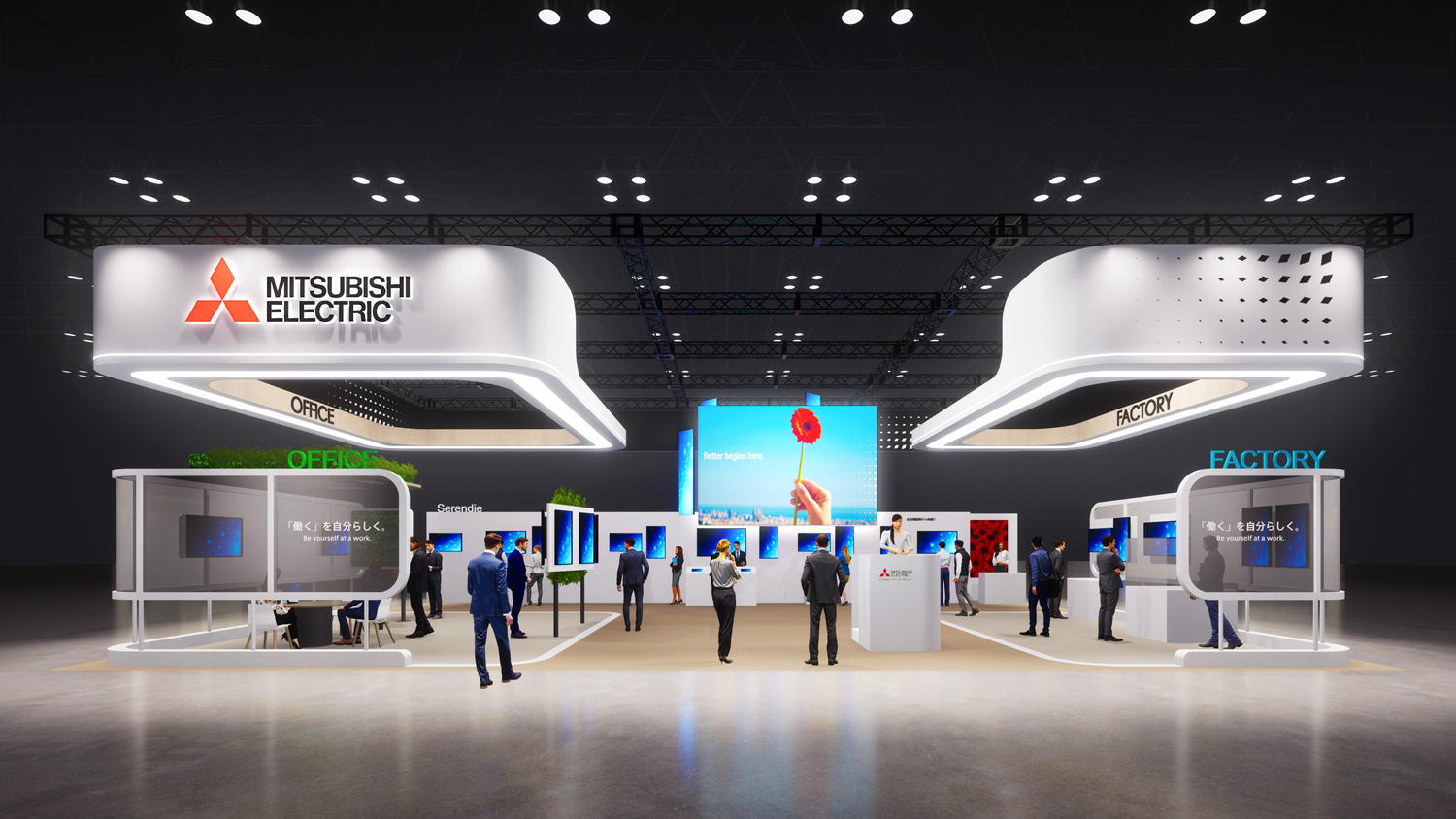
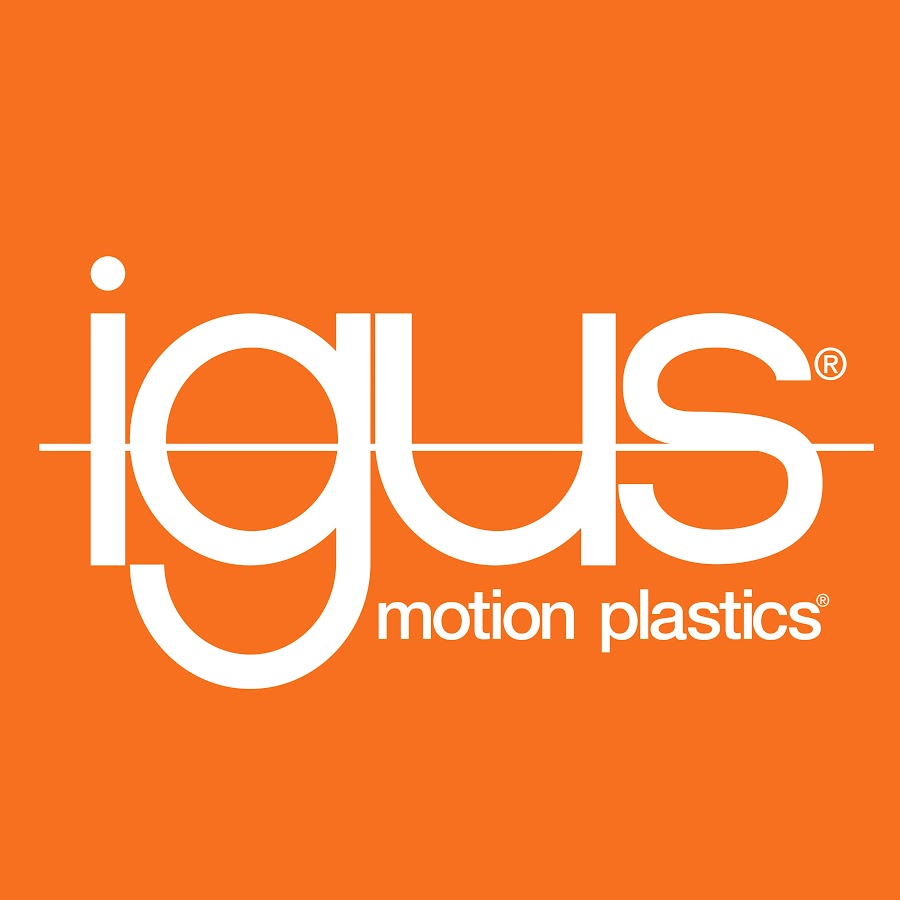
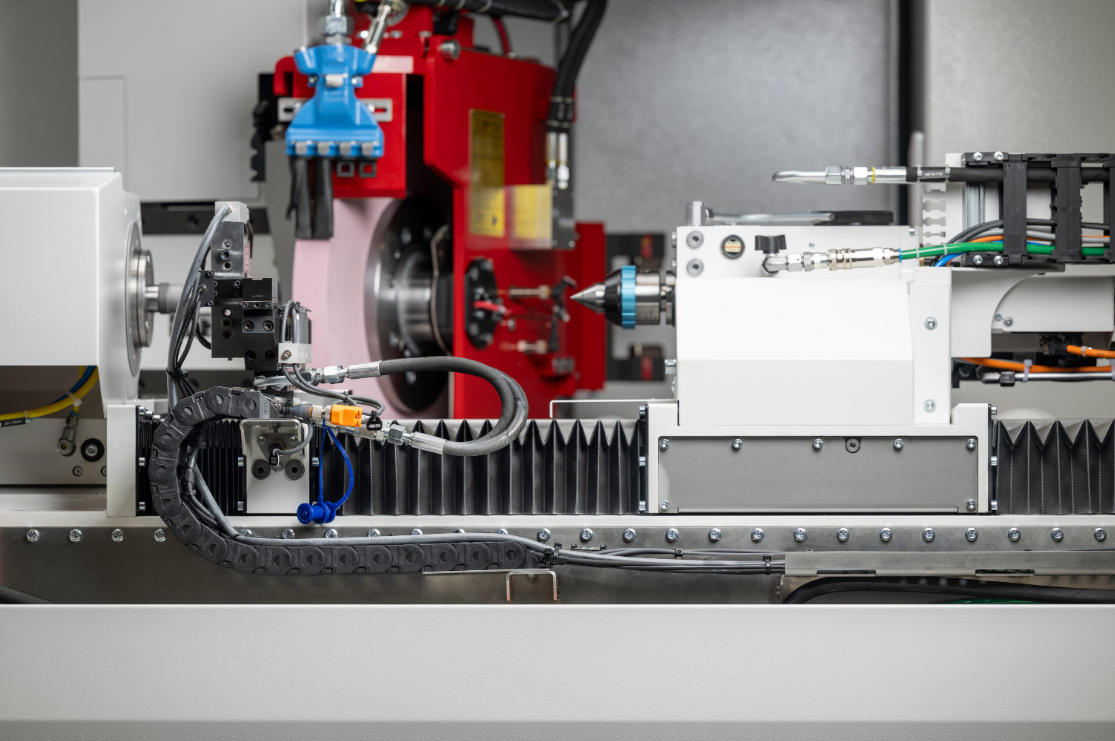


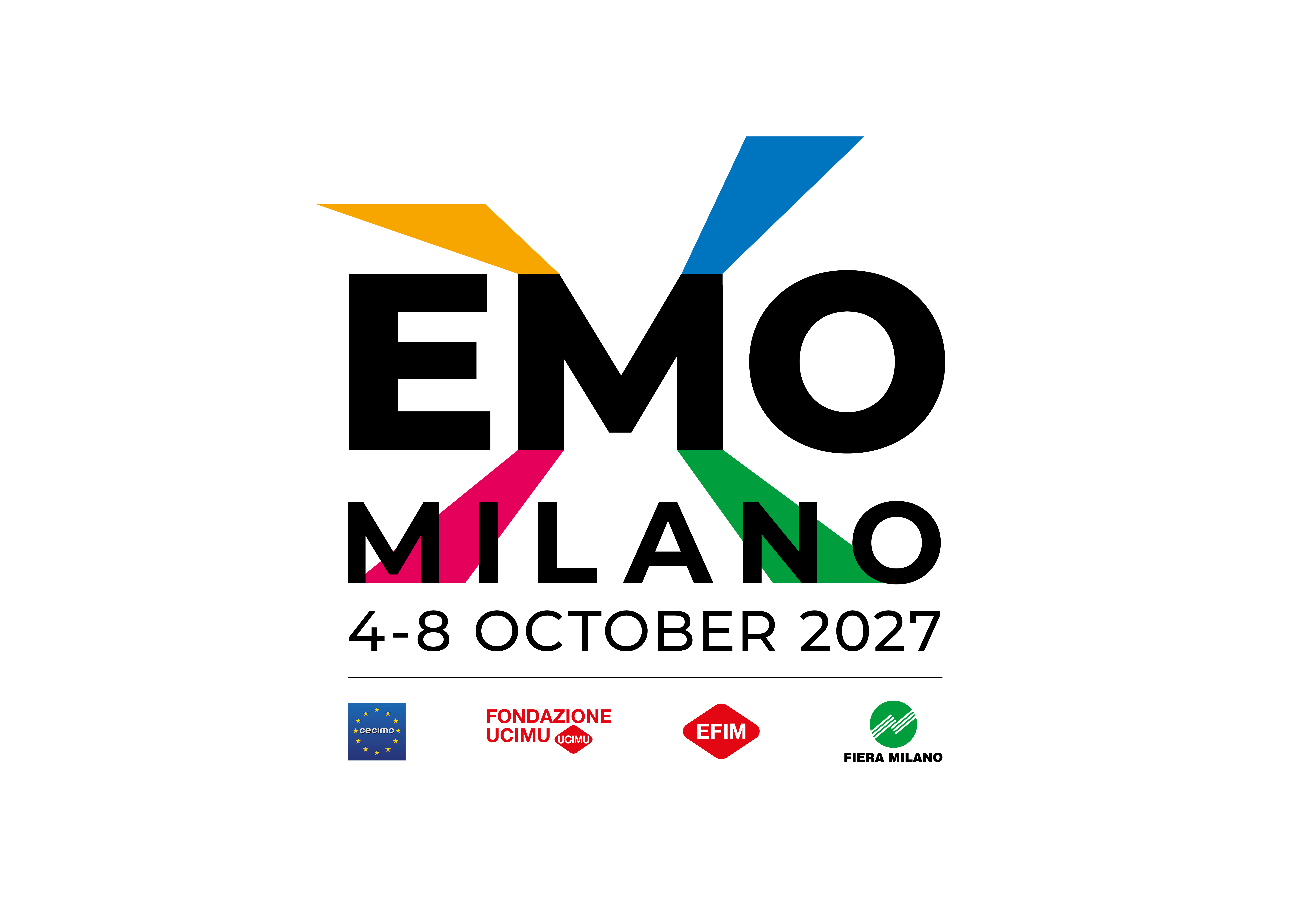

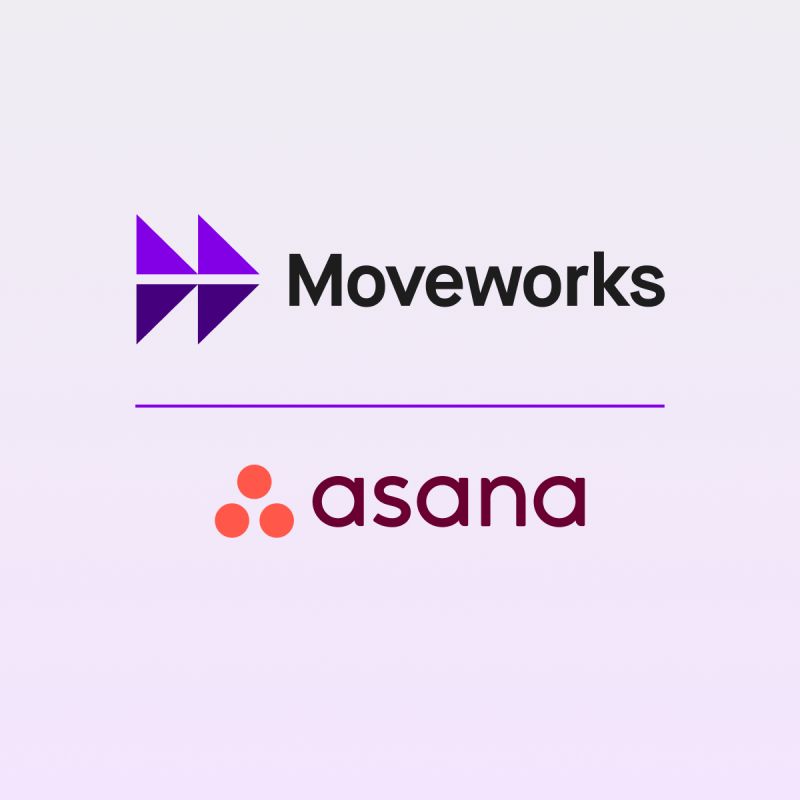
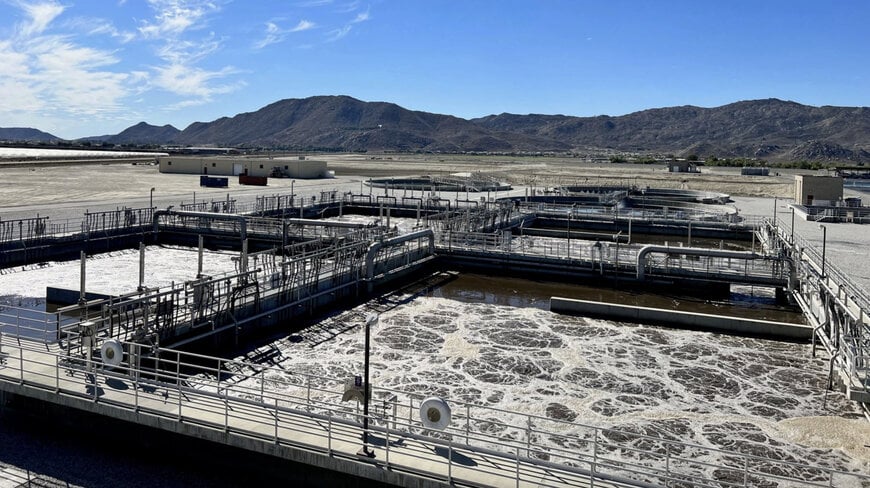

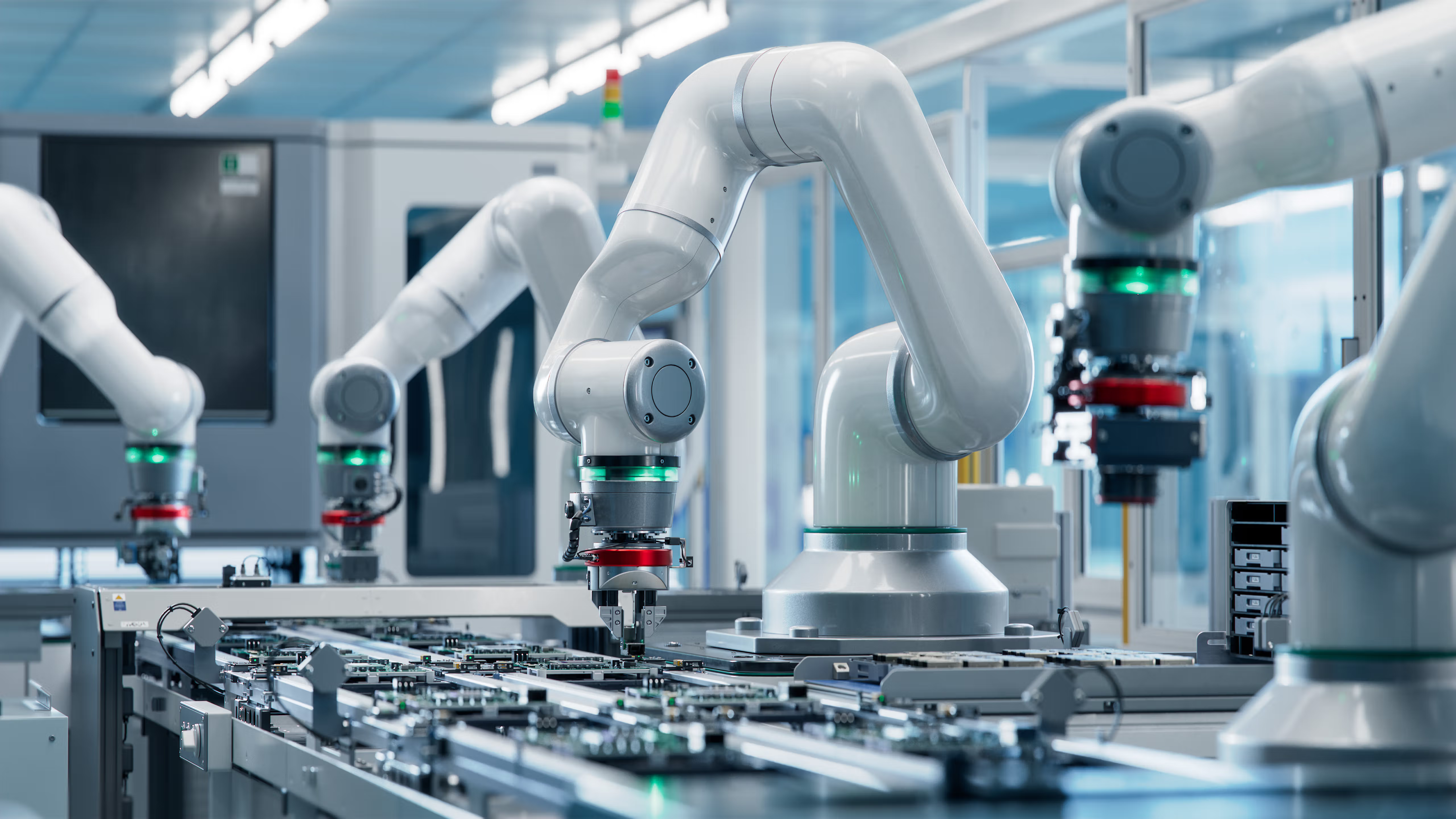

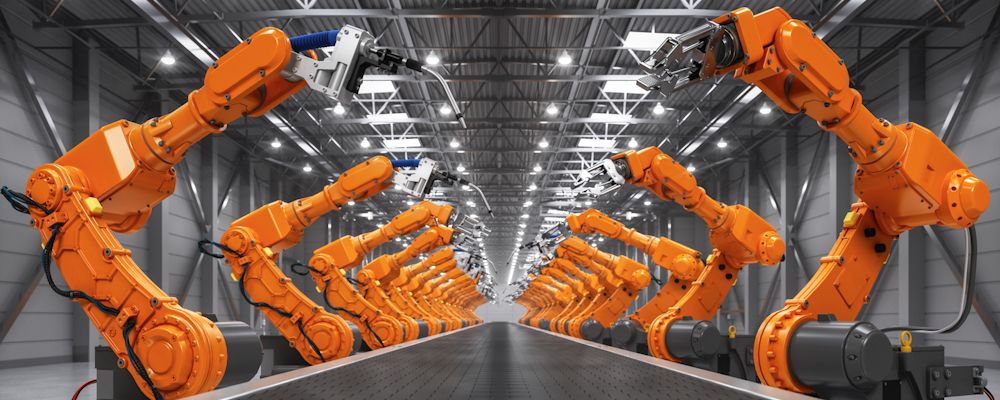
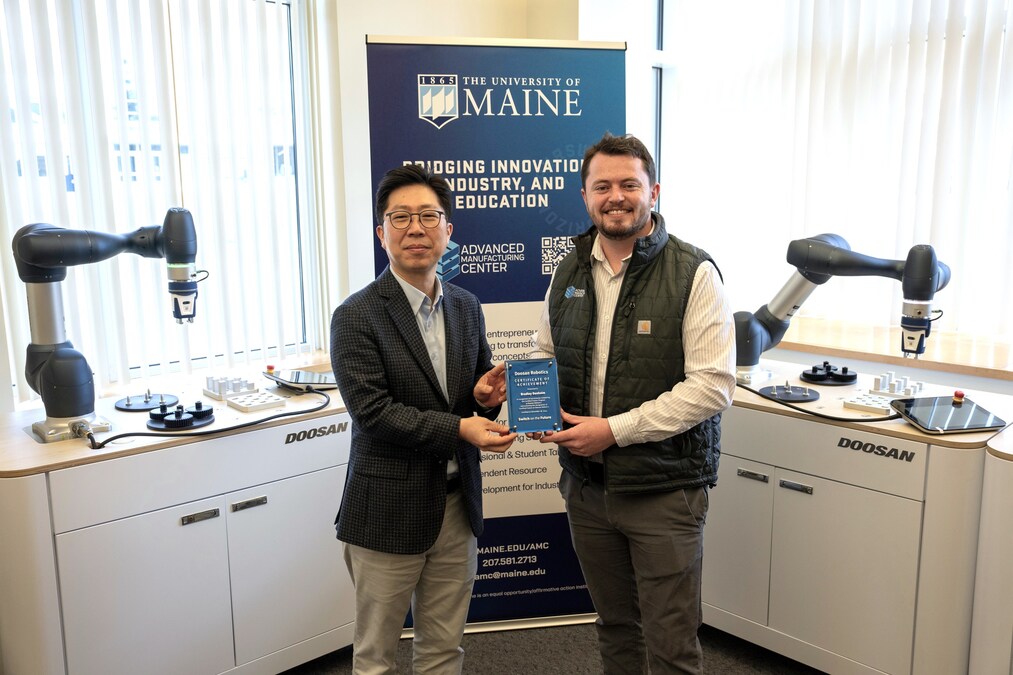
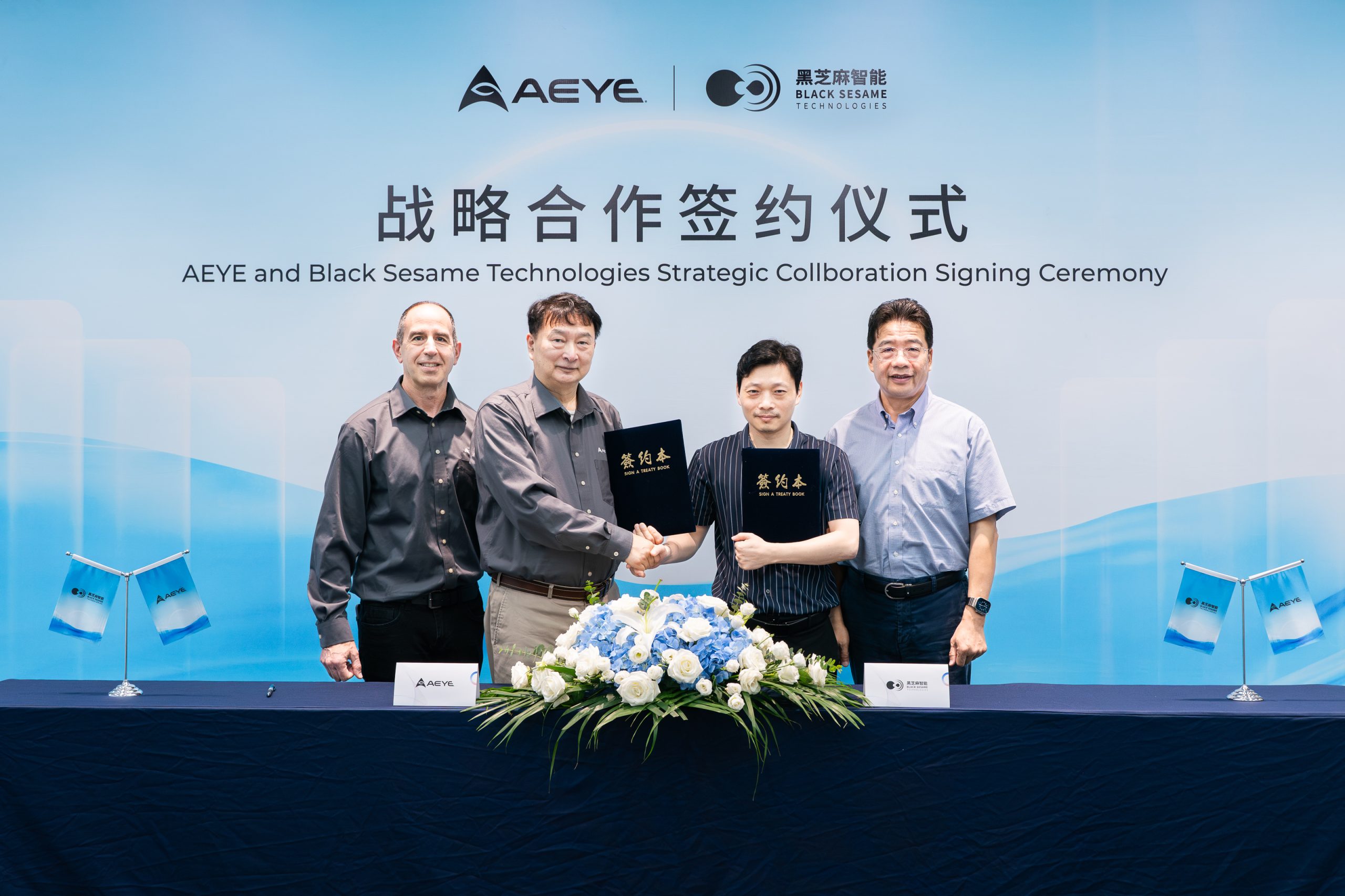
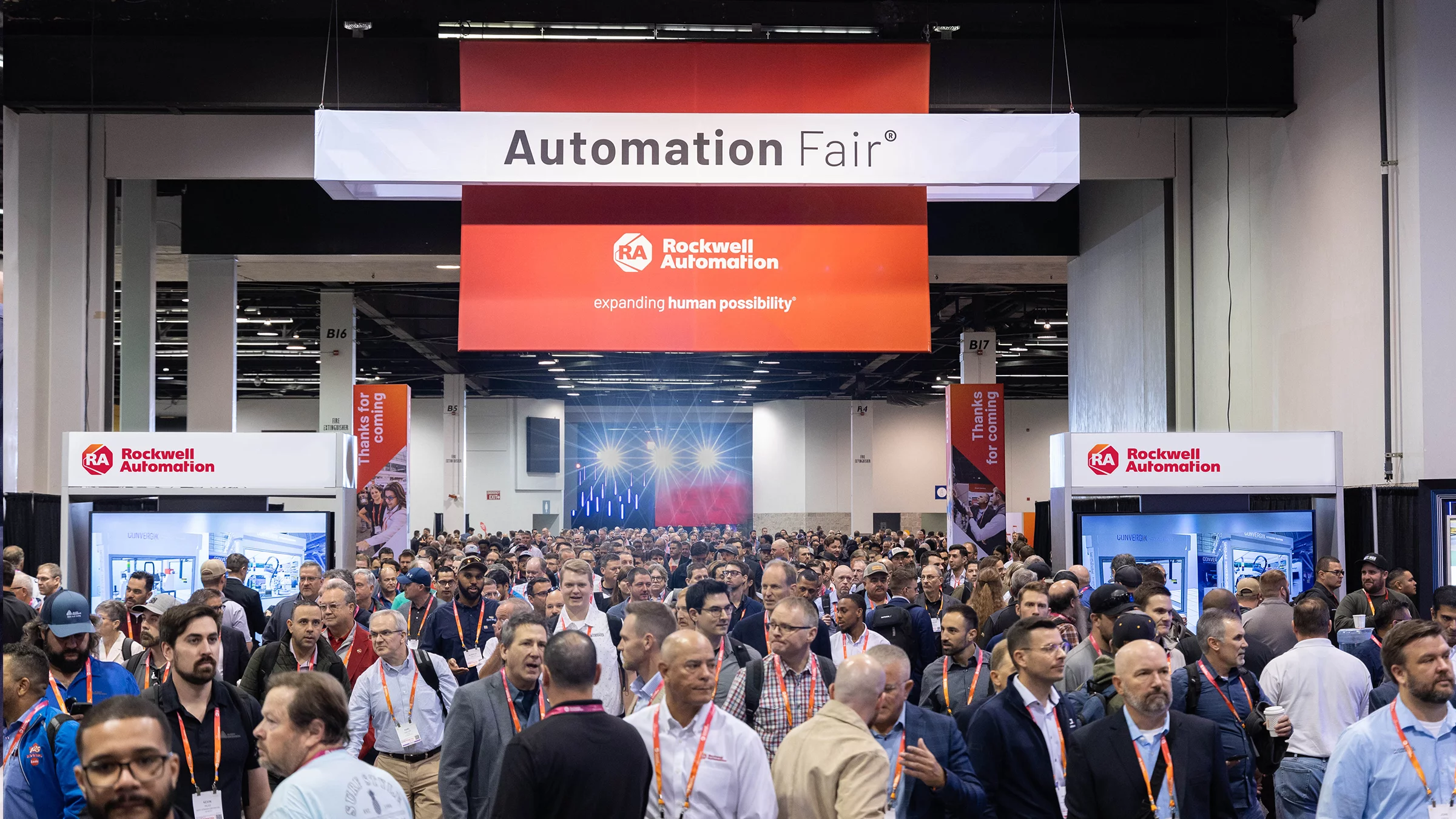

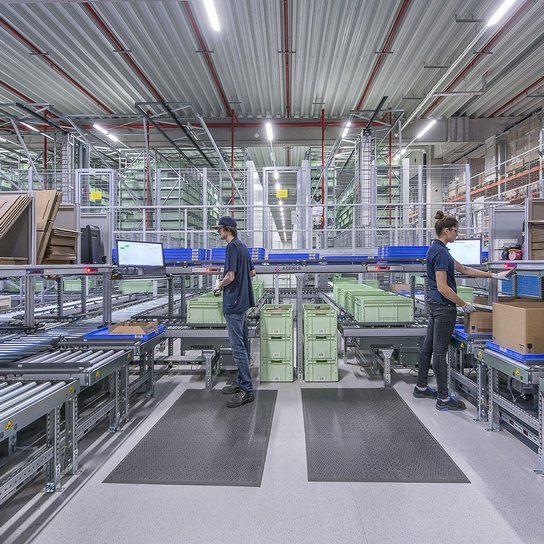



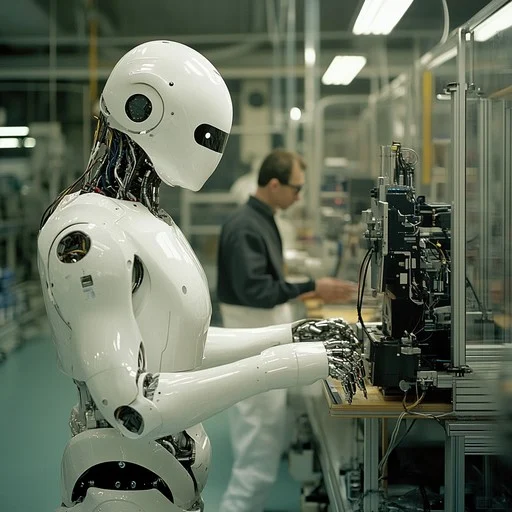
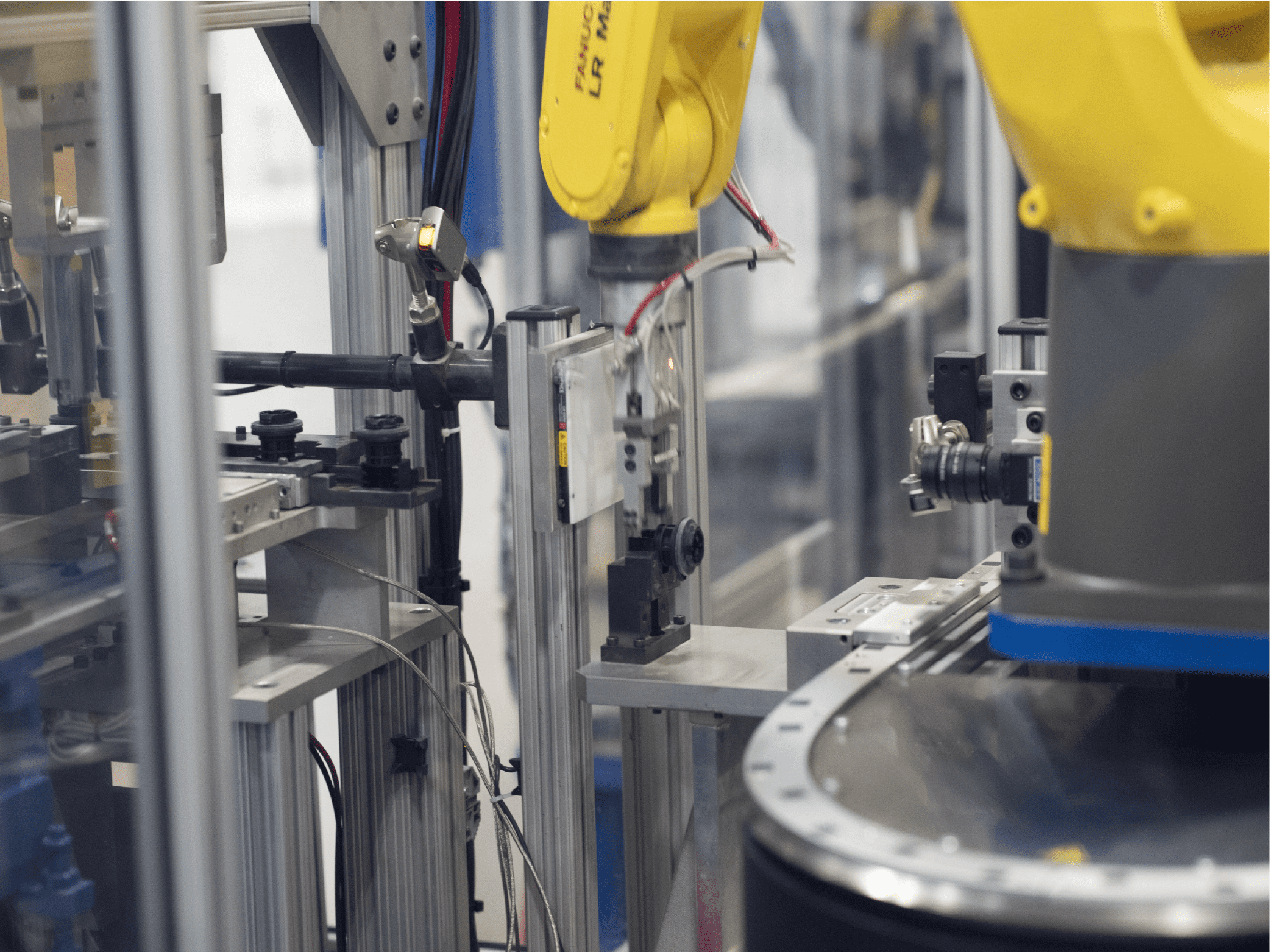
.webp)






























.png)





.png)












